Merve Caydere, set designer on Guillermo del Toro's Oscar-winning "Pinocchio"
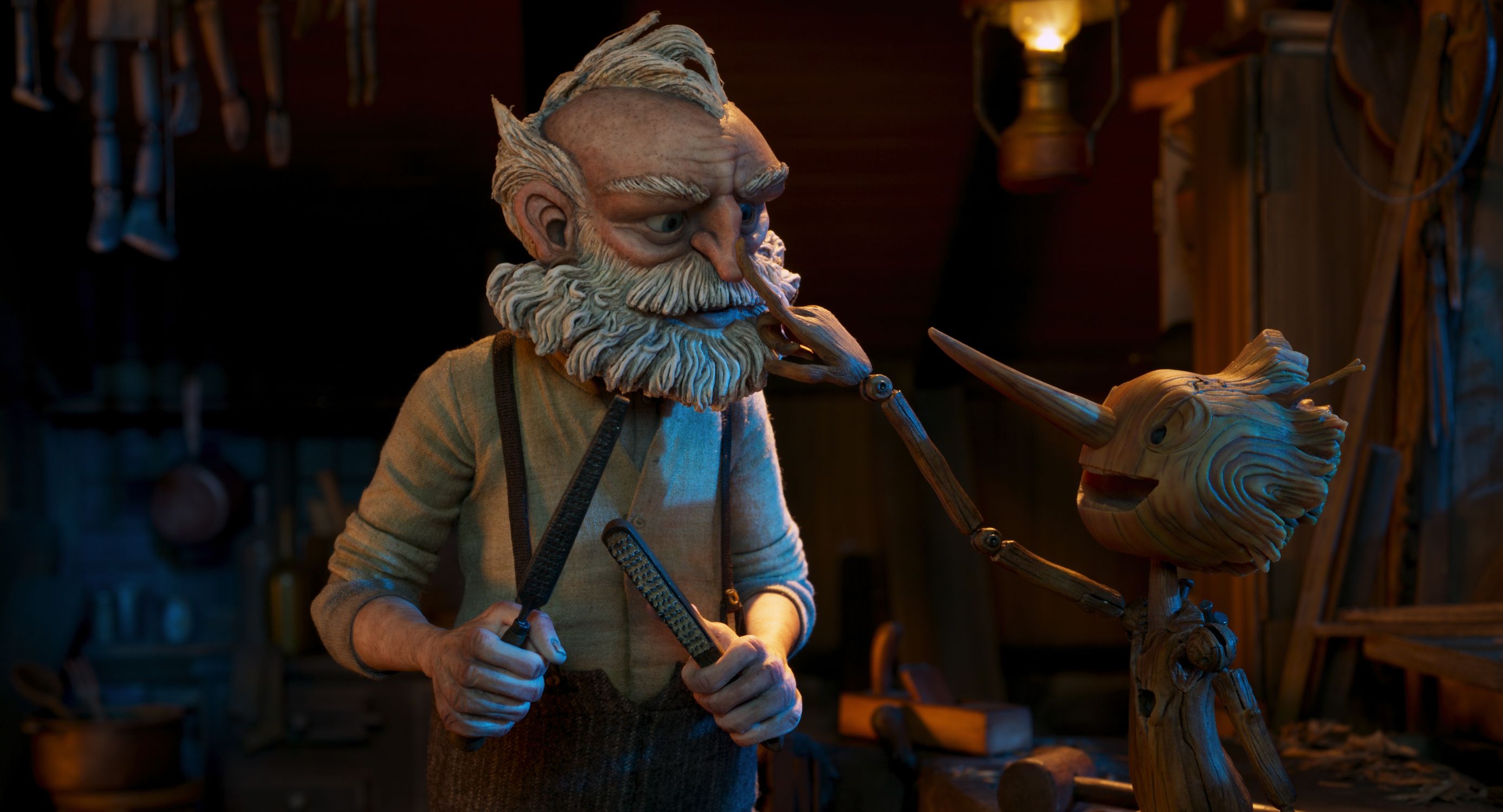
Merve Caydere is an animation director, designer, and model maker specializing in stop-motion animation. Born in Ankara, Turkey, her background includes architecture, theatre, film, miniature effects, and fabrication for both animated and live-action productions.
Before taking part in Berlinale Talents in 2021, Merve was already an award-winning animation director with her 2019 animated short "The Mother of All Flowers", which received attention and awards at a number of international festivals. This year, she added another exciting award to her collection after working as a set designer on Guillermo del Toro's Pinocchio, winner of the Oscar for Best Animated Feature in March.
We caught up with Merve to hear more about her work, her technique and how it feels to have worked on an Oscar-winning film .
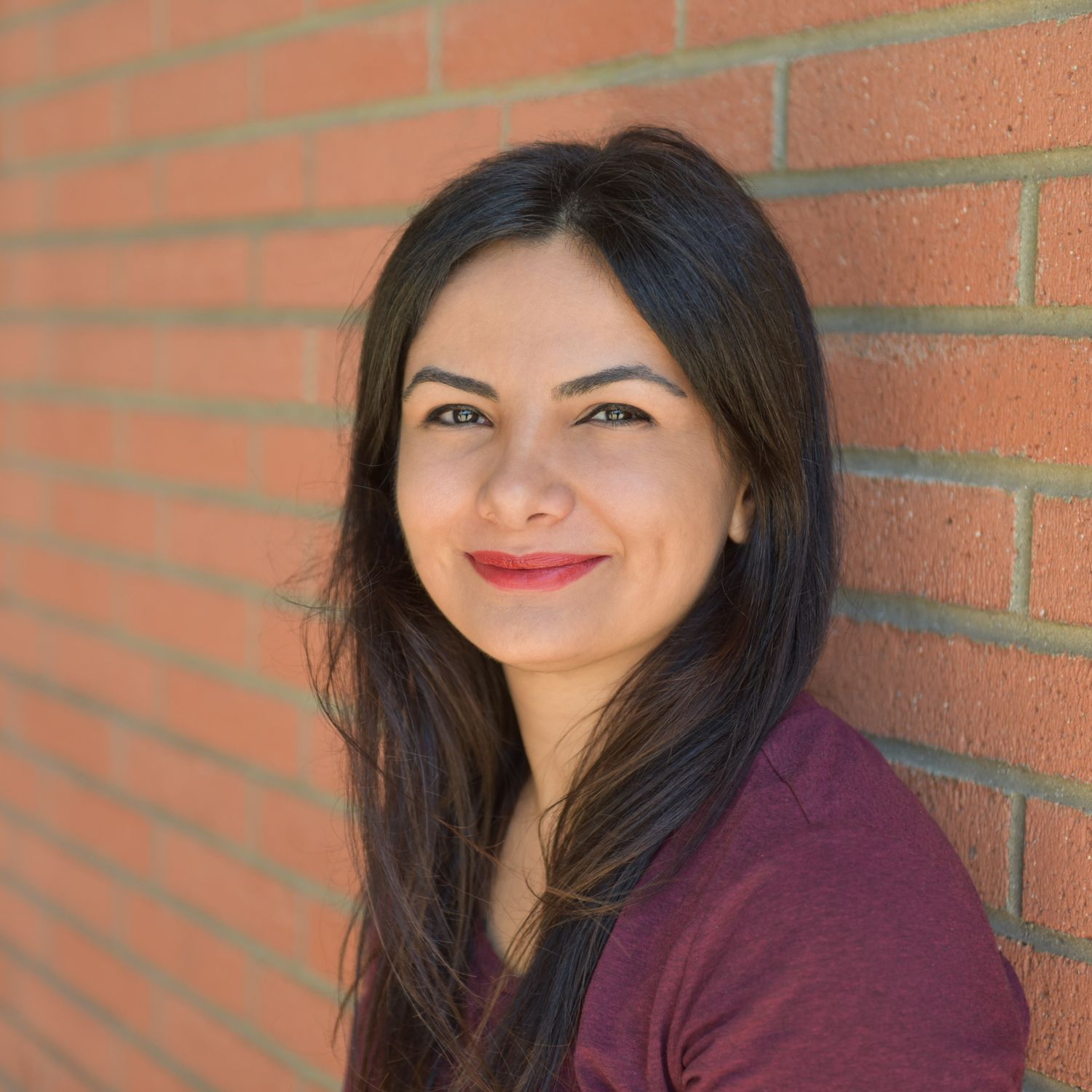
From stop motion to theatre to live action, your skills span multiple fields. Do you have a favourite area to work in?
My favourite area is stop-motion. All those fields are fun in their own way but the most gratifying of all to me is stop motion. I think there is a magic to it. I’m mesmerized by how the puppets that are normally inanimate objects move seamlessly on the screen. I love miniature sets, I want to shrink myself and get lost in them. I find stop motion very relatable. I think there’s a certain charm to seeing actual lights reflecting on actual miniature materials. I’m also drawn to the artistry of it. Stop motion studios are equipped with so many talented visual artists who are patiently creating the tiny props and landscapes. So much thought goes into sets and puppets. I find that physical, tangible component very valuable.
Among all, stop-motion is also the one that has the most long-term job security. It takes years and years to finish a project. Whereas designing theatre shows usually have a life span of a couple of weeks and live action features maybe a couple of months.
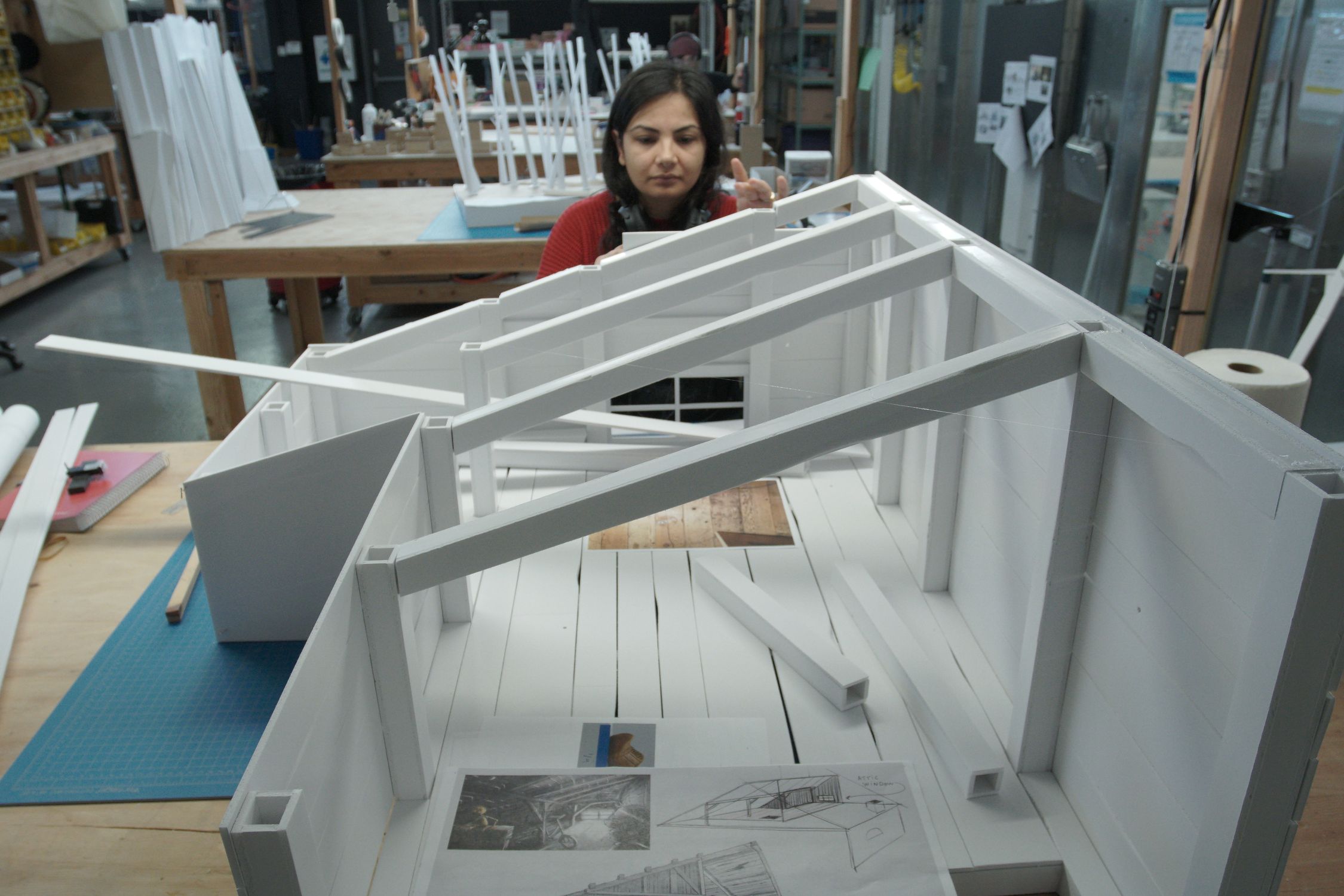
Can you explain your approach to your work? How do you approach each new piece?
Set Designers are basically the architects of the film; we prepare blueprints of the sets. I start with watching the storyboard animatic to see how much of the set we will be seeing in the frame and also to see how the scene plays out in terms of the action. Then I look at the concept art. I like to start with a rough maquette, just to see the design in a three dimensional way. I like to grab a scaled figure, print out the storyboard frames and concept art and start putting together a white model using foam core. This way I am able to see the proportions and scale of it in a tangible way. Then I 3D model it, using Vectorworks software. I place cameras into this 3D model and try to match the storyboard frames. This is what we call “scouting”. It helps me to see if the set design works with the storyboards. Once it’s modelled, the software allows me to create ground plans, elevations, and sections. The set designer also needs to note which parts of the set will break for camera and animator access in stop motion.
How does it feel to have worked on an Oscar-winner?
It feels great! I’m very happy that a stop motion animated feature film won an Oscar this year and I’m grateful that I worked on it. I’m hopeful for the future of the medium and excited for the new opportunities this win will bring to the stop motion community.
What was the experience of working with Guillermo del Toro like?
As a set designer, I was taking notes from the Production Designer Curt Enderle and Art Director Robert DeSue. However, I did get chances to have del Toro review some of my models. He is a very intelligent and seasoned director. When he looks at a model of a set, he sees endless possibilities. He approaches it with a child’s curiosity. I’m utterly impressed by his wisdom.
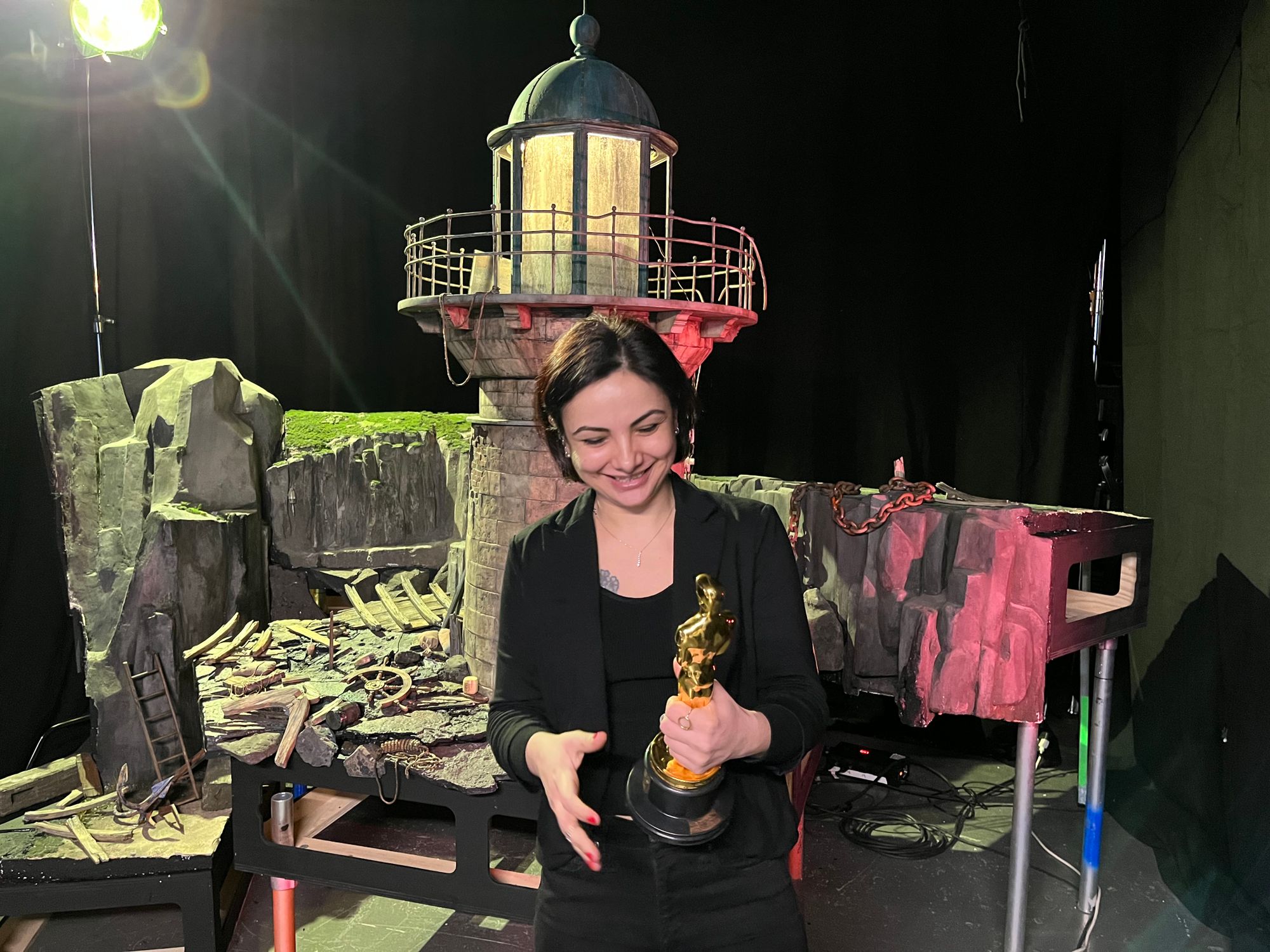
Your animated short "The Mother of All Flowers" was selected for many international film festivals and won a number of awards. How does making your own films compare with working on larger productions?
There is more artistic freedom in short films. Usually, the budget is very limited in shorts but in my opinion that actually contributes to creativity. Making your own films requires a lot of passion and dedication. Larger productions become more of a 9 to 5 job at some point. Of course it is still exciting and challenging but you don’t necessarily need to dedicate your nights and free time into it, which is a good thing. It comes with financial security too, needless to say. In a large production, there are more hands on the project, there are more approvals that are needed to be obtained. That though, creates a community on the plus side. I find it more valuable to work with a whole studio full of artists, getting to know them and sharing your stories with each other. Everyone has different backgrounds, side projects, and incredible talent.
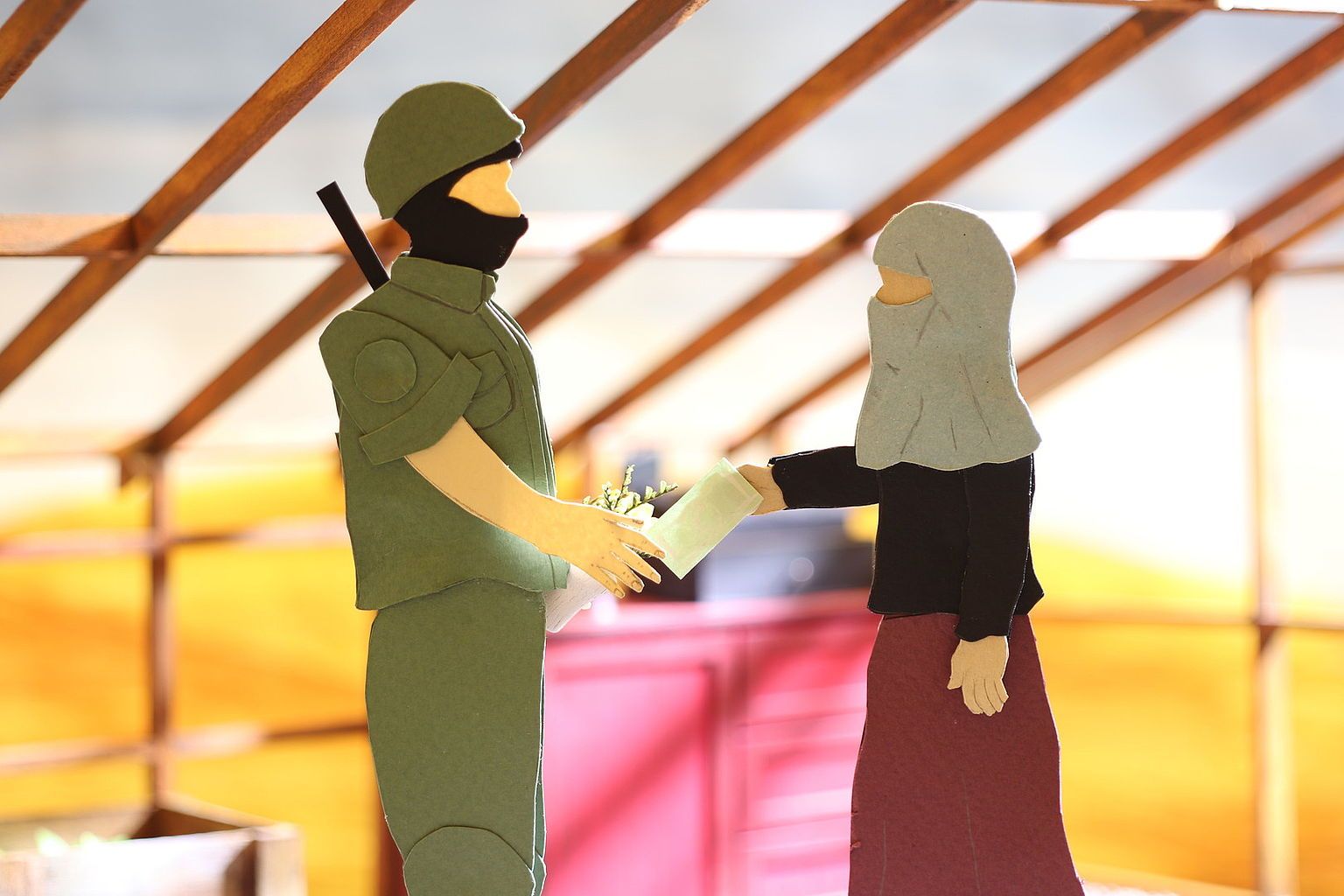
How was your experience of Berlinale Talents?
It was awesome! We were the pandemic generation, so our workshops and events were all online that year; but we were invited to this year’s edition. I was so happy that I got a chance to come to Berlin and meet people in person. I feel like I made lasting connections and learnt a lot. It is a badge of honour to be a Talent!
Merve Caydere holds a BFA degree in Interior Architecture. She is a graduate of
California State University with an MFA in Theatre Arts, Set Design.
Merve's animated short film The Mother of All Flowers was selected for many international film festivals such
as 28th St Louis International Film Festival and 21st Izmir Short Film Festival and won First Prize award at
The Trojan Horse International Film Festival, Best Animation award at Oregon Short Film Festival and Best
Animation Award at Waltham Film Factory Shorts Fest.
She was selected for the Academy Gold program of Academy of Motion Pictures Arts and Sciences in 2018
and the Production Design Studio at Berlinale Talents 2021 edition.